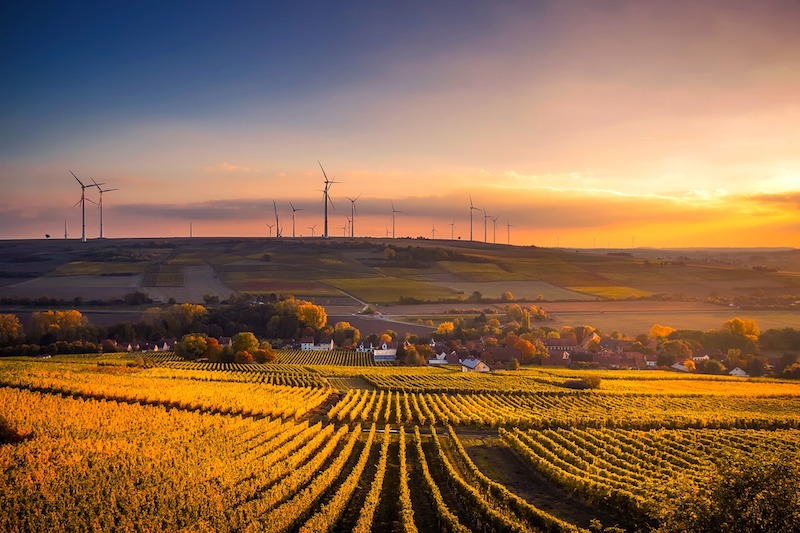The International Living Future Institute has unveiled a new Zero Carbon Certification.
The Zero Carbon Certification provides greater flexibility around project fuel types (for existing projects) and placement and ownership of offsetting renewables than ILFI’s Reveal and the Zero Energy Certifications, the Institute said in a news release. The new certification is the first worldwide Zero Carbon third-party certified standard, ILFI says.
The new certification is a “broad-based tool for highlighting highly efficient buildings which offset their energy use, regardless of location of renewables,” ILFI says. “It builds on and implements the Zero Carbon concept released by Architecture 2030, the Rocky Mountain Institute, and the New Buildings Institute in 2016, and the worldwide call for zero carbon standards from the World Green Building Council issued in 2017.”
The certification requirements include: buildings must achieve a targeted energy efficiency level during a one-year performance period, and all of the project’s energy use must be offset by on- or off-site renewable energy on a net annual basis. The Zero Carbon certification is the first step towards Living Building Challenge certification.
Related Stories
Codes and Standards | Oct 18, 2019
St. Louis could save $61 million per year in energy costs by improved building performance
GHG gases can be reduced by at least 11% with upgrades to public buildings and large private buildings.
Codes and Standards | Oct 17, 2019
Slow payments cost GCs and subs $64 billion annually
Study finds 51-day average payment turnaround.
Codes and Standards | Oct 16, 2019
Cool pavement can make people hotter
Reflective coatings channel sunlight raising temperatures where pedestrians walk.
Codes and Standards | Oct 15, 2019
Utah adopts 2018 International Energy Conservation Code
Provisions include increased building envelope performance and reduced air infiltration.
Codes and Standards | Oct 14, 2019
States continue to beef up energy efficiency codes
ACEEE 50-state scorecard finds latest IECC code gaining adherents.
Codes and Standards | Oct 9, 2019
DOE releases Better Buildings Healthcare Financing Primer
Outlines financial strategies to implement energy-efficiency projects in healthcare.
Codes and Standards | Oct 8, 2019
Zero Carbon Buildings for All aims for ambitious emission reduction targets
Organization makes commitment to net zero carbon for all buildings by 2050.
Codes and Standards | Oct 7, 2019
Tailgating remains a critical building security threat, say security professionals
Few buildings provide beefed up provisions to counteract threat.
Codes and Standards | Oct 7, 2019
New seismic standard to evaluate, retrofit existing structural steel buildings open for review
AISC seeks input through Nov. 4.
Codes and Standards | Sep 27, 2019
Open source tool allows comparison of embodied carbon emissions from construction materials
Enables carbon-smart choices during material specification and procurement.

















